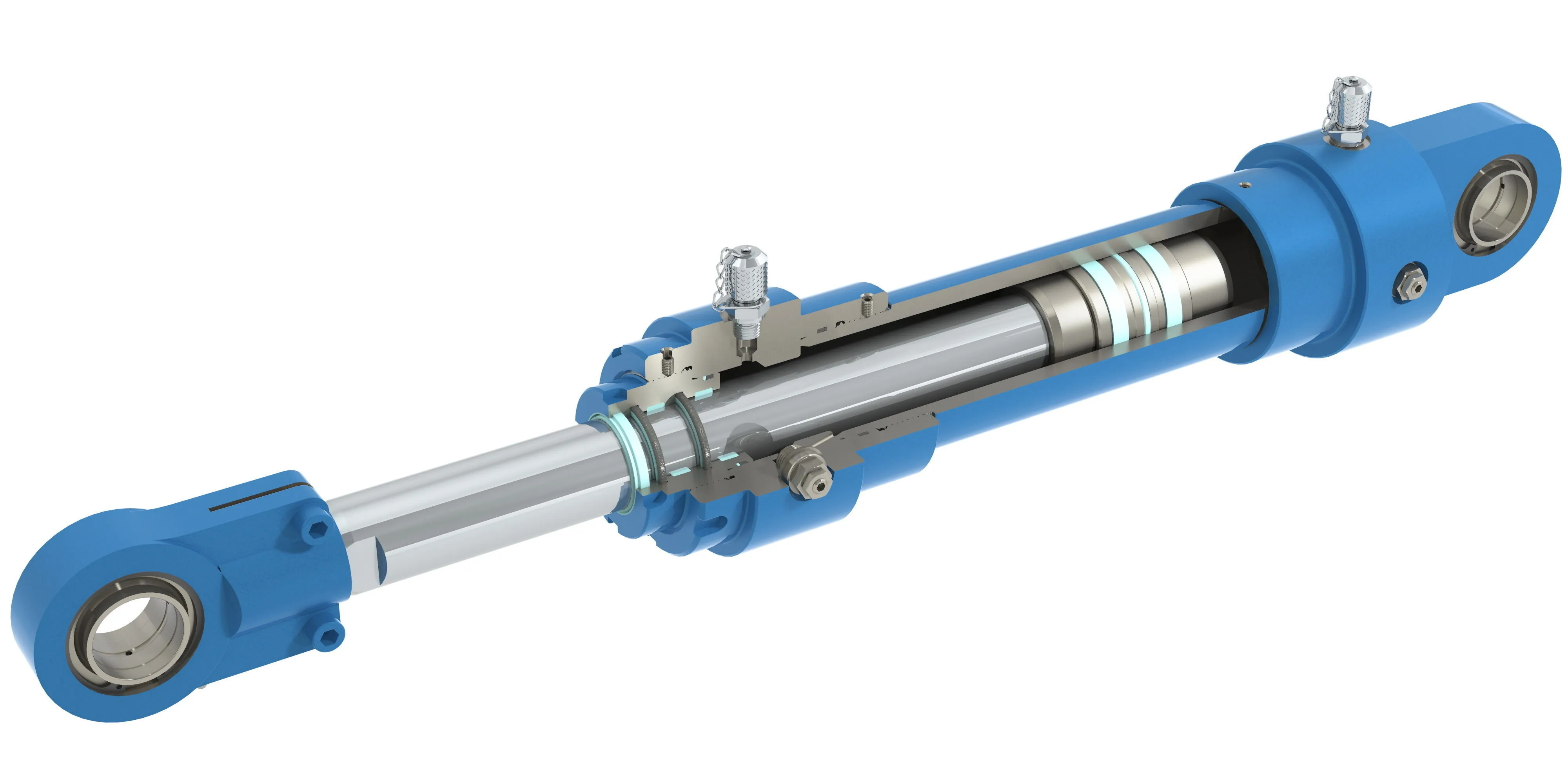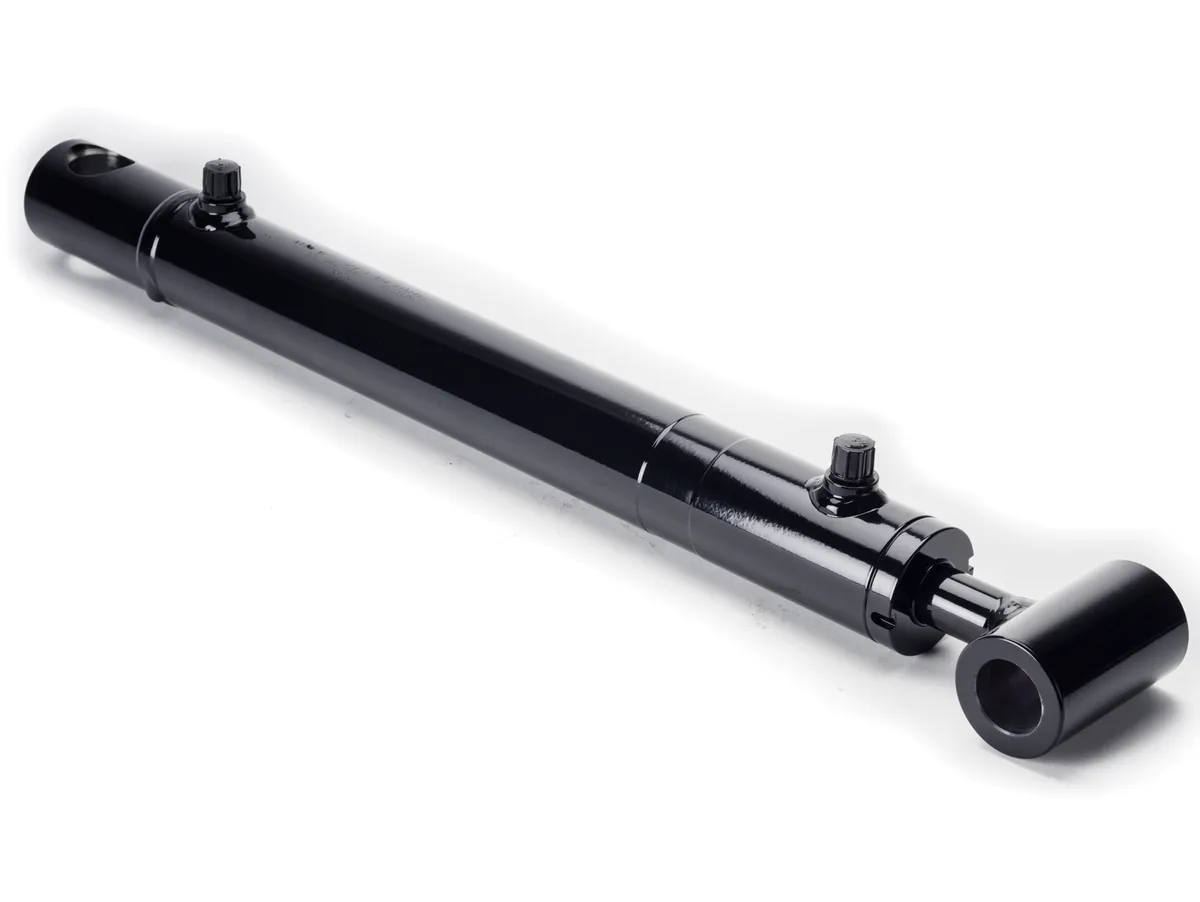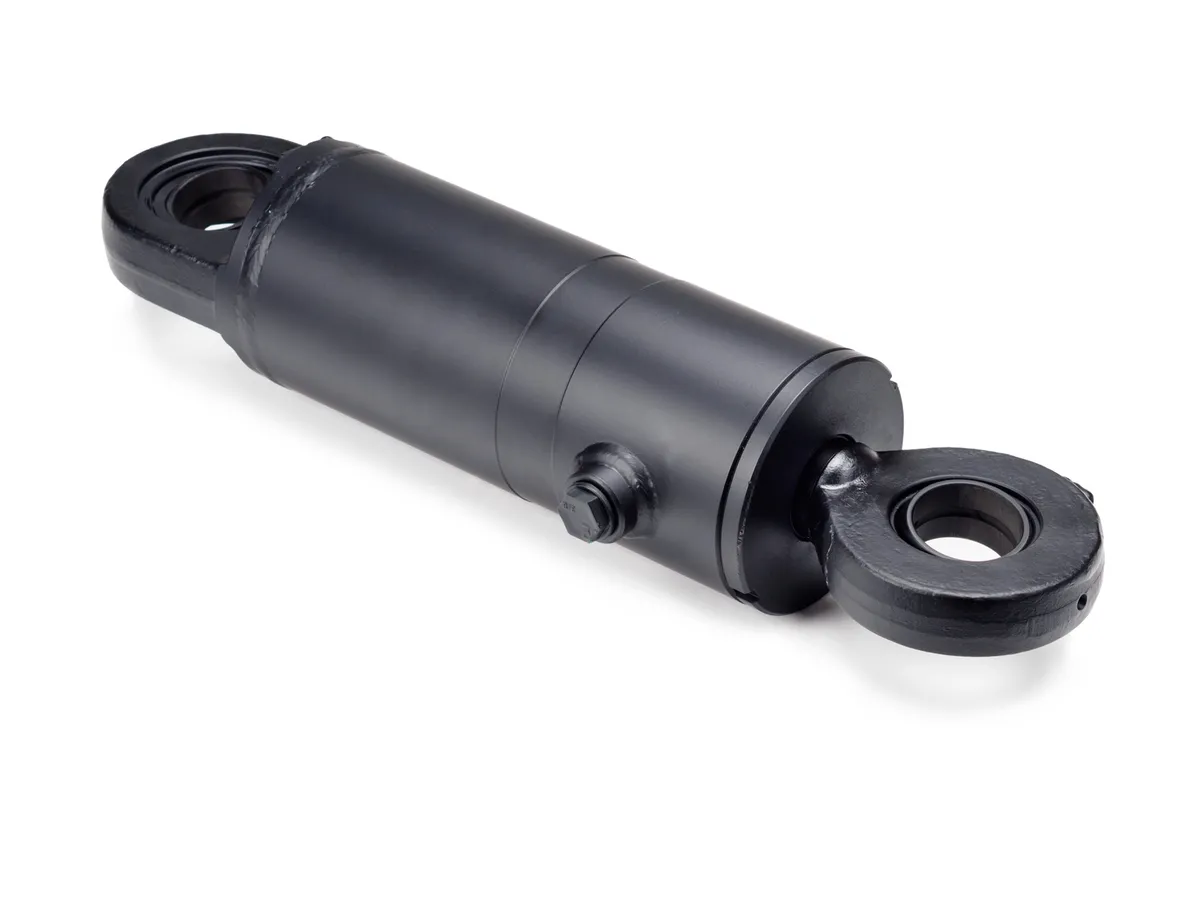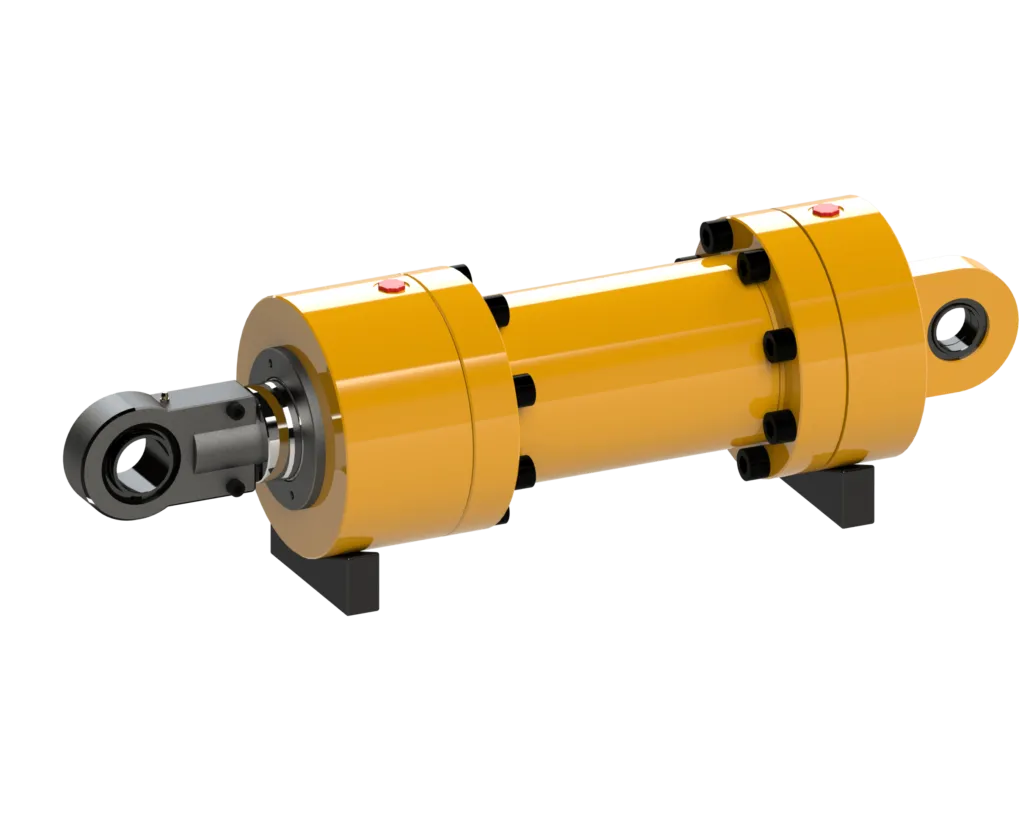
Unlocking the Potential of Locking Single-Acting Hydraulic Cylinders


Introduction to Locking Single-Acting Hydraulic Cylinders
Locking single-acting hydraulic cylinders work under hydraulic pressure in one direction and have a locking function to prevent movement in the absence of pressure. The design and construction characteristics of these cylinders make them essential components in automation systems.
Locking Mechanism – Safety
The main feature of locking single-acting hydraulic cylinders is their locking mechanism, which keeps the piston in a safe position when hydraulic pressure is lost. This mechanism can be mechanical or hydraulic, ensuring operator safety and preventing accidental retractions.
Variety
The design of the locking mechanism can be customized for specific applications, utilizing spring-loaded locking devices, pin locks, or other mechanical locks. This versatility makes these cylinders suitable for a wide range of equipment and machinery.
Compact Structure – Space Optimization
Locking single-acting hydraulic cylinders are designed to be compact, making them ideal for use in space-limited environments. Precision manufacturing ensures high-quality components with excellent fit and sealing performance.
Assembly Process
The assembly of these cylinders requires specialized technicians to ensure correct installation and calibration. Each component undergoes strict quality control measures, including pressure testing to confirm performance and tightness.
Working Principle of Locking Single-Acting Hydraulic Cylinders
These cylinders operate using a single-acting mechanism, extending the cylinder when hydraulic oil is pumped in. The locking mechanism prevents retraction under load, ensuring safety even when hydraulic pressure is lost.
Types and Configurations of Locking Single-Acting Hydraulic Cylinders
There are three main types of locking single-acting hydraulic cylinders, each offering unique configurations to suit different applications. These cylinders provide enhanced security, reliability, and simplicity in operation.
Benefits of Locking Single-Acting Hydraulic Cylinders
Enhanced security, reliability, and simplicity make these cylinders ideal for various applications, including construction equipment, manufacturing, transportation, and aviation. Their design considerations and selection criteria ensure optimal performance and durability.
Installation and Maintenance of Locking Single-Acting Hydraulic Cylinders
Proper installation, regular inspection, lubrication, seal replacement, and calibration are essential for maintaining the efficiency and longevity of these cylinders. Safety considerations, environmental factors, and fault diagnosis are crucial aspects to ensure reliable operation.
Unit Power of Locking Single-Acting Hydraulic Cylinders
The unit power of these cylinders is influenced by factors such as cylinder diameter, stroke, operating pressure, piston speed, and load conditions. Optimizing the power unit can improve efficiency, energy savings, and reliability in operation.
Common Questions About Locking Single-Acting Hydraulic Cylinders
1. How does the locking mechanism work in a single-acting hydraulic cylinder?
2. What are the main components of a locking single-acting hydraulic cylinder?
3. What advantages do locking single-acting hydraulic cylinders offer over standard single-acting cylinders?
Long-Tail Keywords for Locking Single-Acting Hydraulic Cylinders
1. Precision Locking Single-Acting Hydraulic Cylinder
2. Customized Locking Mechanism for Hydraulic Cylinders
3. High-Performance Locking Solutions for Automation Systems
Our Company
We are a leading hydraulic cylinder replacement manufacturer, offering a complete product line for automation systems. Our company provides professional services, international certification, custom solutions, state-of-the-art production equipment, and reliable after-sales support.
Author: lyl

